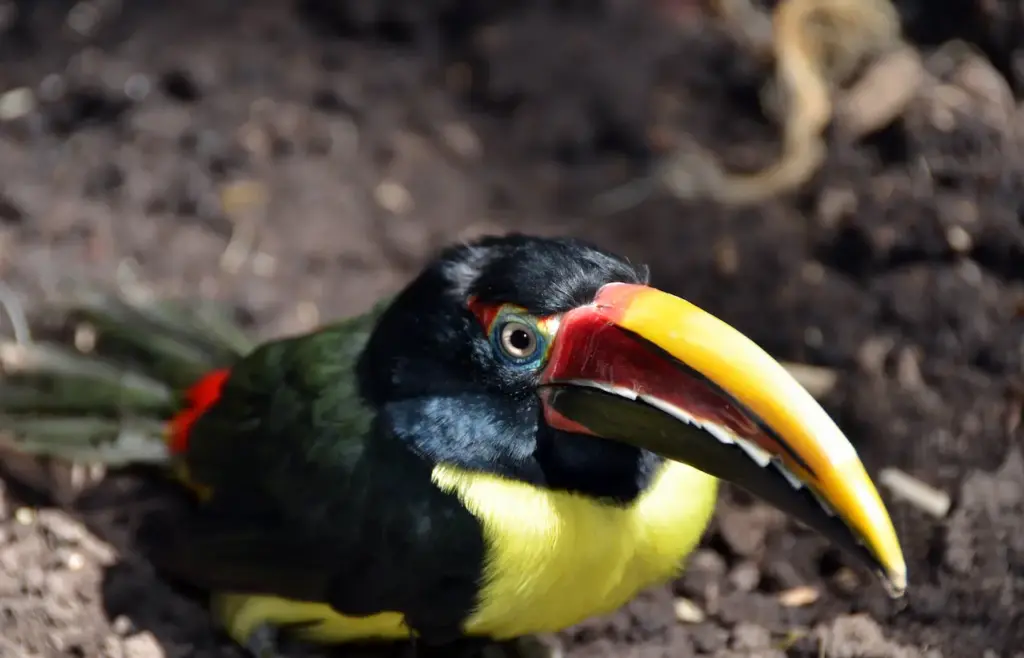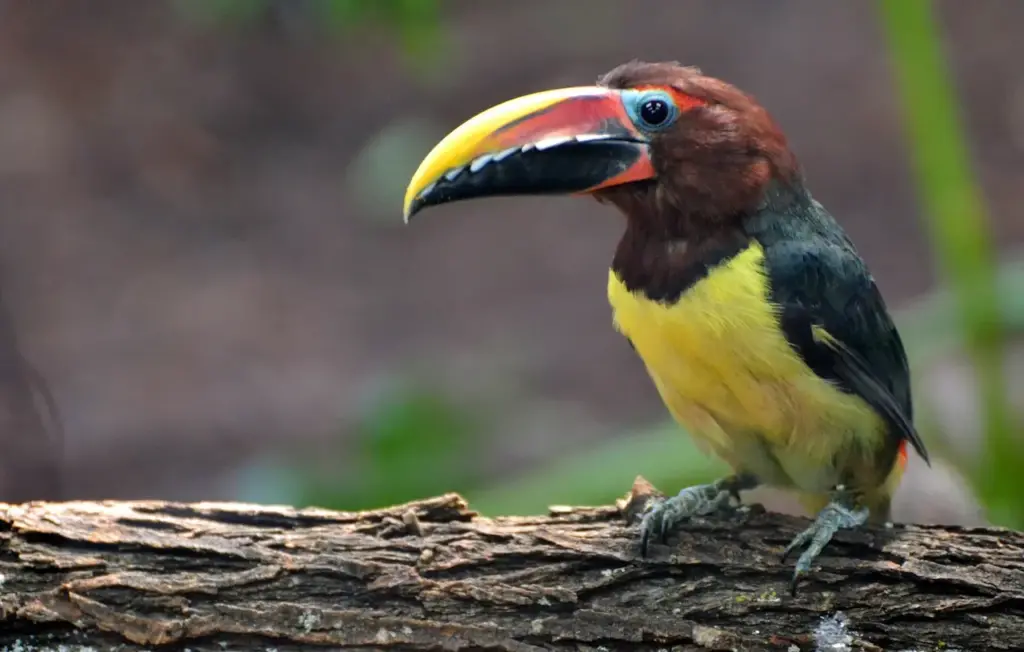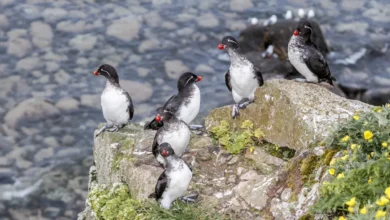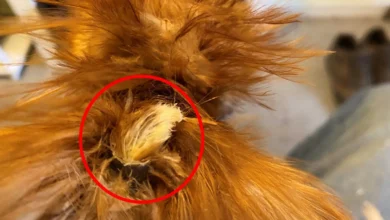The Green Aracaris, Pteroglossus viridis, is a toucan found in the lowland forests of northern South America, in the countries of Colombia, Venezuela, Guyana and Surinam, where this species is quite common.
Aracaris generally roost socially throughout the year. Up to five adults and their fledged offspring sleep in the same hole with their long tails folded over their backs.

Description
The Green Aracari is amongst the smallest members of the toucan family and is the smallest aracari in its range weighing only about 125 g (4.4 oz) and measuring about 34 cm (13.5 in.) from bill tip to tail tip. Its bill is about 6.3 cm (2.5 inches) long.
Male / Female identification is easy with this species, as the males have a black head and neck, and the females have a bright chestnut head and neck. Other than that, they look identical.
The bare skin around the eyes is turquoise in front and red behind the eyes.
The bill is yellow, dark red and black.
Similar species: It shares many physical attributes with the Lettered Aracari (with whom they form a superspecies”), but unlike most aracaris, it does not have a band across its abdomen. Instead, the underside is uniformly yellow. It does not have the “lettered” markings that can be seen on the bill of the Lettered Aracari.
Breeding
Their breeding season begins in February and goes on until about June. They nest in tree cavities.
Both the male and female share the incubation and chick rearing duties. The average clutch consists of lay 2 – 4 white and elliptical shaped eggs. The eggs are incubated for about 16 days.

The newly hatched chicks are blind and naked with short bills and thick pads on their heels to protect them from the rough floor of the nest. Both parents, as well as their previous offspring and/or possibly other adults, feed the chicks.
The young fledge after about 6 weeks. The adults continue to feed them for several weeks after fledging.
Captivity
This is the most successfully bred member of the Index of Toucan Species and it is commonly found in zoos and private collections.
This species is very friendly and affectionate and is, therefore, in demand as as pets. These active birds require large, planted flights.



